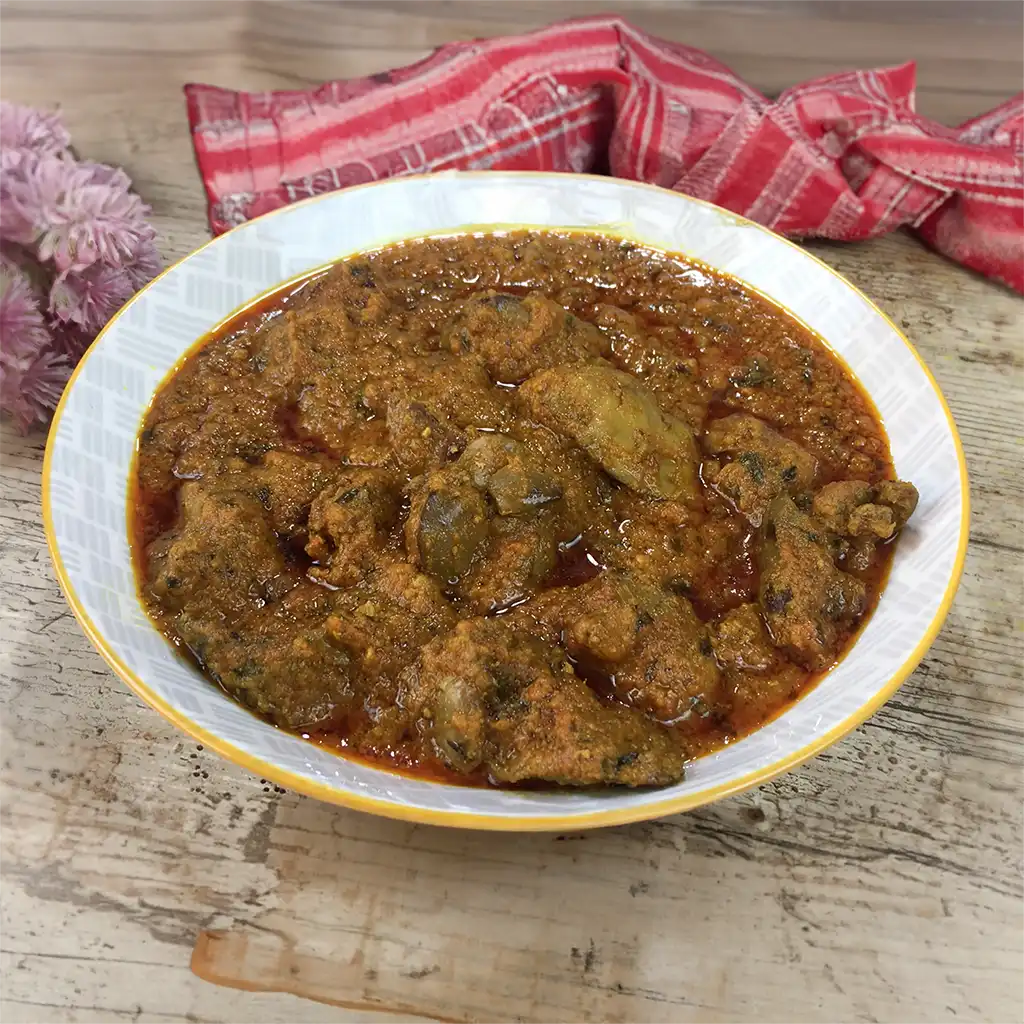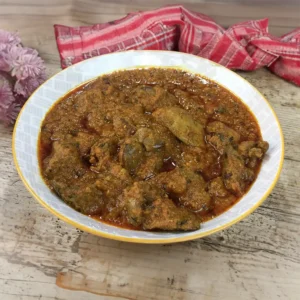
I’d like to introduce you to a flavorful dish known as Chicken Kaleji. This dish boasts a rich blend of spices and tender chicken liver, making it a favorite among many.
Originating from South Asian cuisine, Chicken Kaleji is loved for its robust flavors and simplicity in preparation, making it suitable for both casual dinners and special occasions alike.
Despite its exotic name, Chicken Kaleji is surprisingly easy to make, even for beginners in the kitchen.
The combination of spices like cumin, coriander, and garam masala gives this dish its distinctive taste, while ingredients like tomatoes and onions add depth and richness to the flavor profile.
While Chicken Kaleji may sound intimidating at first, fear not! With a few simple steps and readily available ingredients, you’ll be able to whip up this delectable dish in no time.
Expert Tip: Don’t overcook the chicken liver; it should be tender and slightly pink on the inside for the best texture and flavor.
Olive Oil: Olive oil serves as the cooking medium for this recipe, adding a rich flavor and helping to prevent the ingredients from sticking to the pan.
Chicken Liver (Kaleji): Chicken liver, provides a unique texture and rich flavor. It’s packed with nutrients like iron and protein, making it a healthy addition to your meal.
Onions: Onions add sweetness and depth to the dish, enhancing the overall flavor profile.
Tomatoes: Tomatoes contribute acidity and freshness to the dish, balancing out the richness of the chicken liver.
Garlic Paste: Garlic paste adds a pungent aroma and flavor, complementing the spices and enhancing the overall taste.
Spices: A blend of aromatic spices adds complexity and depth to the dish, creating a flavorful experience for your taste buds.
Bullet Chillies: These small green chillies add heat and a pop of color to the dish, giving it a spicy kick.
Coriander: Fresh coriander leaves lend a bright, herbaceous flavor and aroma to the dish, enhancing its overall freshness.
Dried Fenugreek Leaves: Also known as kasuri methi, dried fenugreek leaves add a unique flavor and aroma, enhancing the complexity of the dish.
Expert Tip: To enhance the richness of the gravy, you can add a splash of coconut milk or cream towards the end of cooking.
Expert Tip: For a milder flavor, deseed the bullet chillies before adding them to the dish.
While chicken liver is the traditional choice for Chicken Kaleji, you can certainly use chicken pieces if you prefer. Just adjust the cooking time accordingly to ensure the chicken is cooked through.
The level of spiciness can be adjusted according to your preference. You can increase or decrease the amount of chili powder and Kashmiri chili to suit your taste.
While Chicken Kaleji is best enjoyed fresh, you can make it ahead of time and store it in an airtight container in the refrigerator for up to 2 days. Reheat gently on the stovetop or in the microwave before serving.
Chicken liver is high in cholesterol, but it also contains essential nutrients like iron and protein. Enjoy Chicken Kaleji in moderation as part of a balanced diet.
Yes, you can freeze Chicken Kaleji for up to 3 months. Allow it to cool completely before transferring it to a freezer-safe container. Thaw overnight in the refrigerator before reheating.
Yes, Chicken Kaleji is naturally gluten-free as long as you ensure that the spices and other ingredients you use are also gluten-free.
Here are some more recipes for you to enjoy! If you my recipes don’t forget to rate and leave a comment.
If you have any recipe suggestions, please do not hesitate to ask me. A great way to stay in contact with me is through Instagram, Facebook, Twitter and YouTube. Don’t forget to tag me @CookwithNabeela in your recipe photos!

Subscribe now to receive my latest recipes directly in your inbox. Stay up-to-date and never miss out!

I love to cook! I want to share with you my favourite, delicious family-friendly recipes. I want to inspire you to create fantastic food for your family every day.
Latest comments (4)
3 different chilies? and no mention of fenugreek in the list of ingredients. Otherwise a good recipe!
Each chilli brings its own flavour out. Let me know how it goes for you 🙂
Mine cooked just like the recipe. Little bit of a kick and absolutely delicious!
Thank you! I’m glad you liked my recipe 🙂